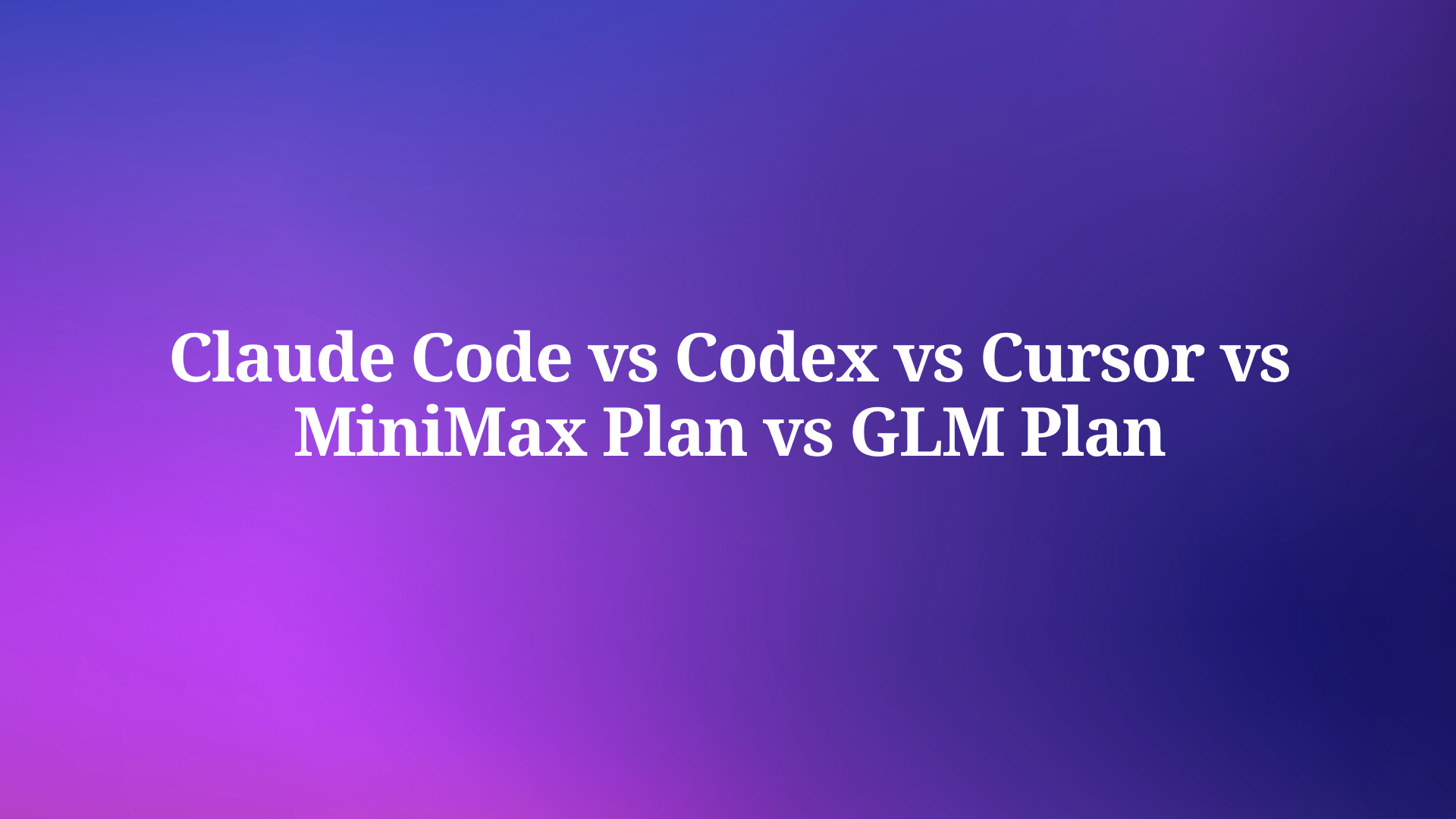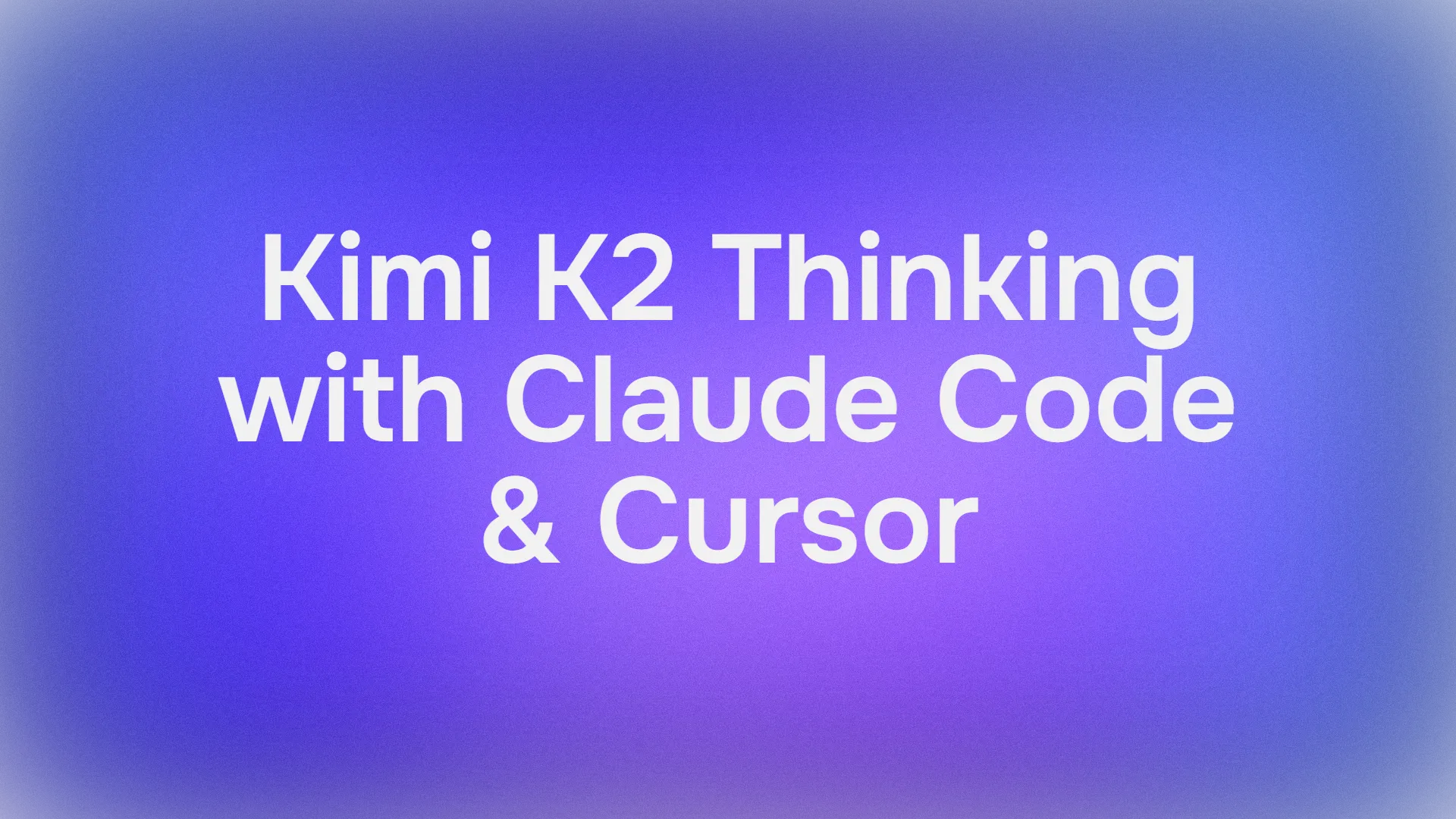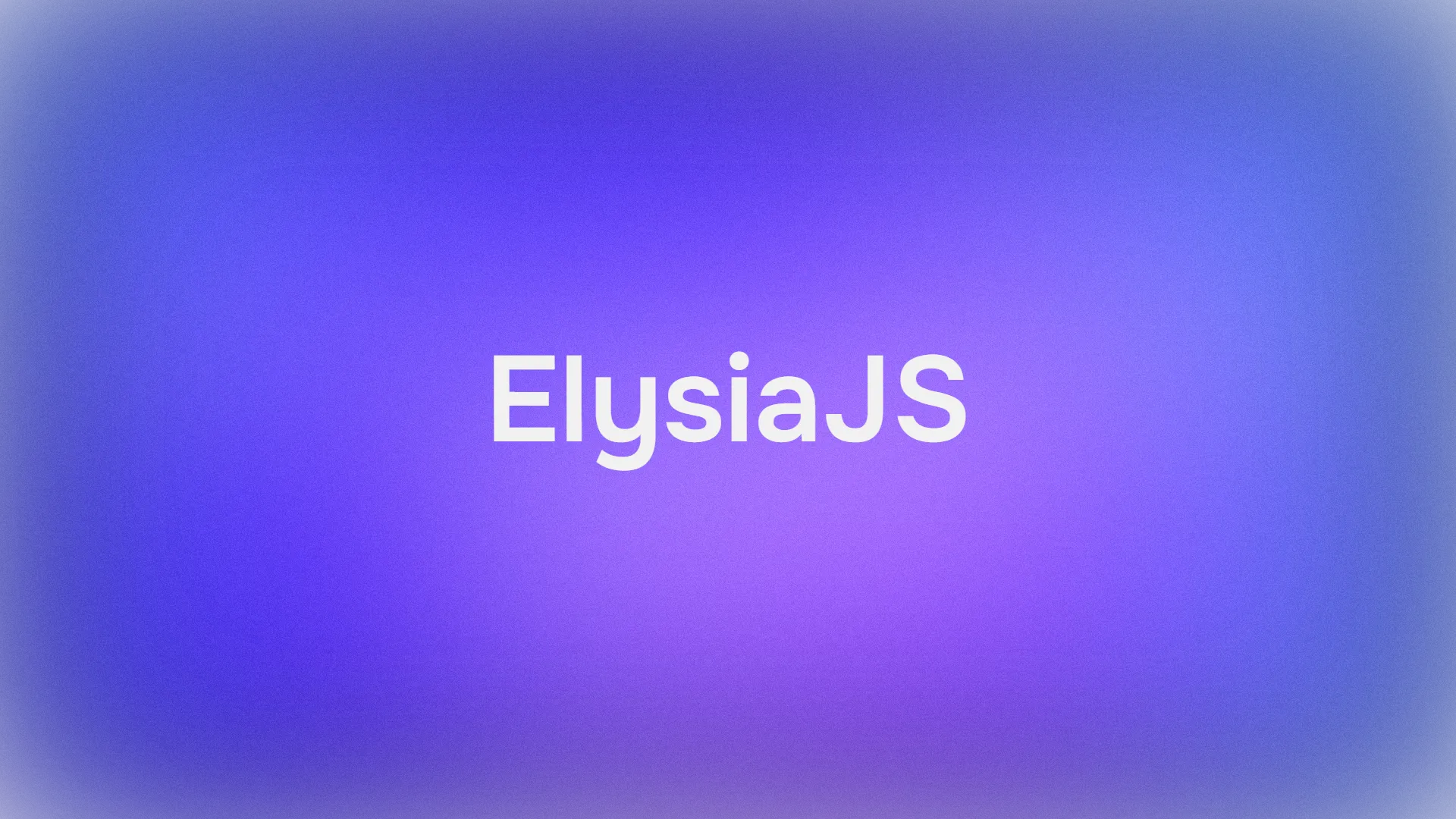AI coding tools streamline complex tasks and boost productivity. Developers rely on these platforms to generate code, debug issues, and optimize workflows. However, selecting the right one requires careful evaluation of capabilities, costs, and integration potential.
This article examines Claude Code vs CodeX vs Cursor vs Minimax Plan vs GLM plan. Engineers prioritize tools that deliver precise results while minimizing overhead. Consequently, we analyze each platform's technical strengths, pricing structures, and performance metrics. Furthermore, we determine the best option based on value, scalability, and practical use. Small differences in features, such as context window size or inference speed, often decide a tool's suitability for specific projects.
Overview of Claude Code
Anthropic develops Claude Code as part of its Claude AI suite, focusing on advanced coding assistance. The platform leverages models like Opus 4.1 for complex reasoning and Sonnet 4.5 for rapid task automation. Developers use Claude Code to explain programming concepts, review code for optimizations, and collaborate interactively on projects.
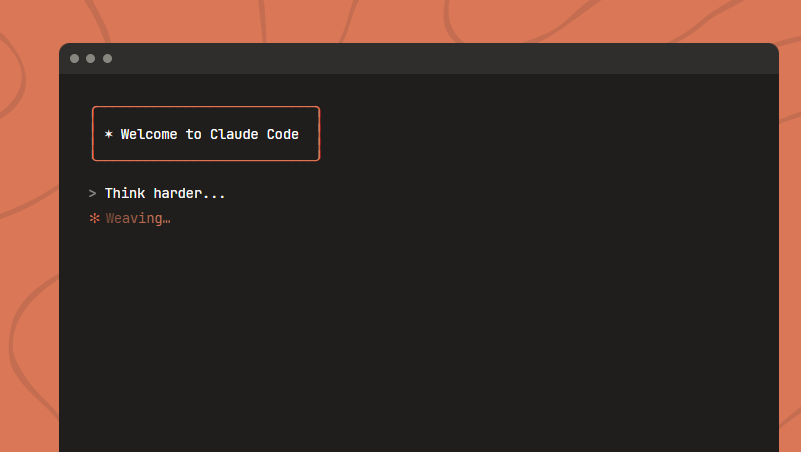
Claude Code supports multi-language code generation, debugging, and error resolution. For example, it identifies issues in JavaScript authentication flows, such as token expiration, and proposes fixes like updating request interceptors. Additionally, it integrates with tools like Google Drive and web search to gather context. The platform emphasizes step-by-step explanations, making it ideal for learning and troubleshooting.
Claude Code handles any programming language and provides artifacts like interactive visualizations or checklists. Its models support system architecture design and automation scripts. However, users note that reasoning steps sometimes extend response times, though output feels efficient.
Overview of CodeX (Codex)
OpenAI's CodeX, often referred to as Codex, powers coding tasks through its API platform. The model excels in writing, reviewing, debugging, refactoring, and migrating code across languages. Developers integrate CodeX into applications to accelerate development cycles, particularly for building AI agents.
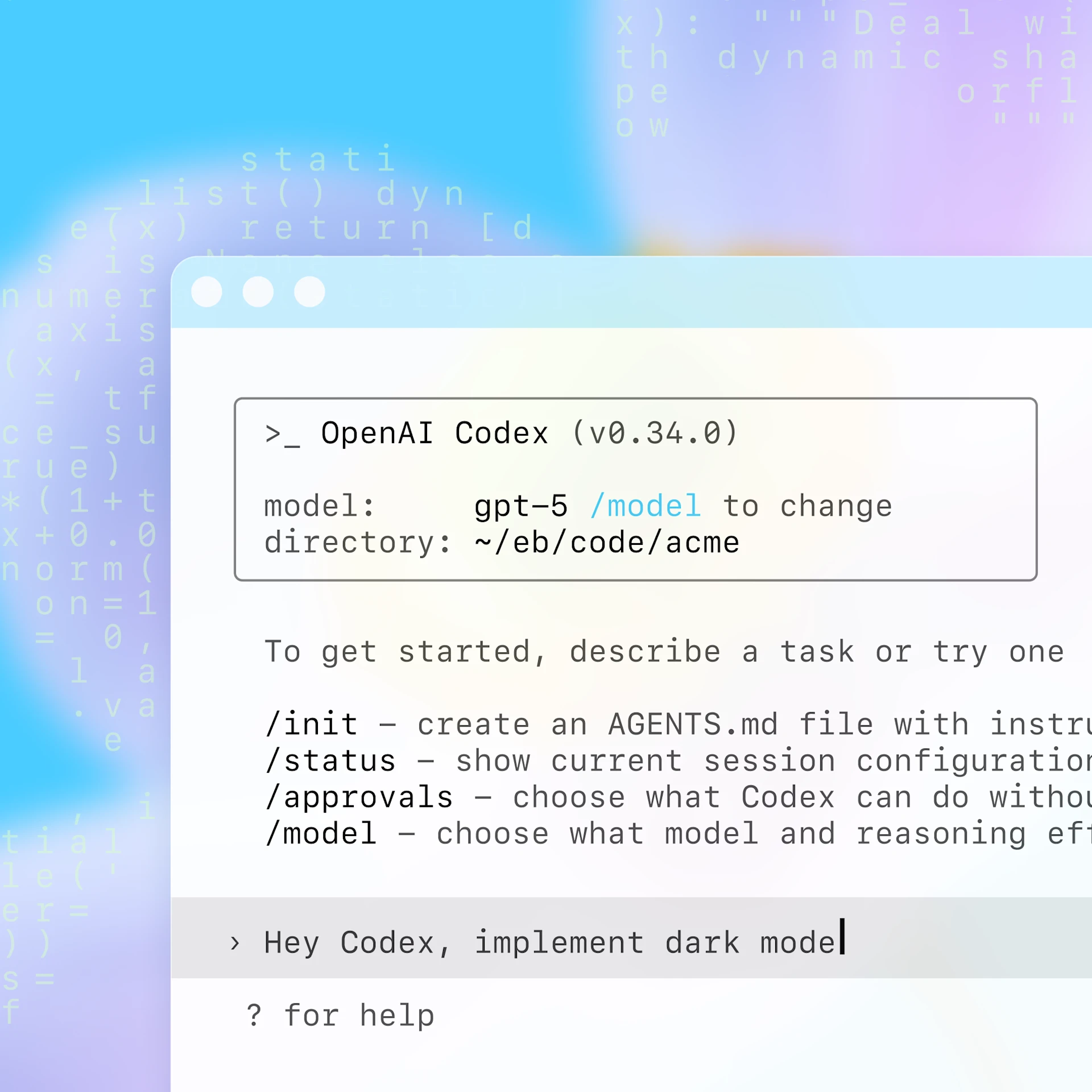
CodeX processes natural language prompts to generate functional code snippets. It supports pay-as-you-go API usage, with priority options for high-volume needs. Technically, the model handles diverse tasks, from simple scripts to full modules, but lacks explicit details on context lengths or parameter counts in public docs. Users access CodeX via ChatGPT tiers, blending conversational AI with coding.
In practice, CodeX reasons through problems methodically, often producing longer but accurate outputs. It integrates well with ecosystems like GitHub for version control. Nevertheless, its reliance on broader OpenAI infrastructure means costs scale with token usage.
Overview of Cursor
Cursor stands out as an AI-powered code editor that combines IDE functionality with intelligent assistance. The platform features an Agent mode that transforms ideas into code autonomously, supporting levels from targeted edits to full agentic operations. Developers appreciate its Tab Autocomplete, which predicts next actions with high accuracy, including brackets and shortcuts.

Cursor integrates with GitHub for PR reviews, Slack for collaboration, and other tools. It supports bring-your-own-model configurations and custom keyboard shortcuts. Technically, Cursor uses custom models for predictions and handles frameworks like PyTorch for tasks such as MNIST experiments with mixed precision training, learning rate scheduling, and gradient clipping.
The editor trusts millions of professionals at companies like Stripe and OpenAI. It emphasizes efficiency, making programming more engaging. However, advanced features require familiarity with its ecosystem.
Overview of Minimax Plan
MiniMax AI offers the Minimax Plan, tailored for agentic and coding workflows. The M2 model, with 230 billion total parameters and 10 billion active, delivers low latency and high throughput at 8% of Claude Sonnet's cost. Developers use it for multi-file editing, test-validated fixes, and full-stack app generation.
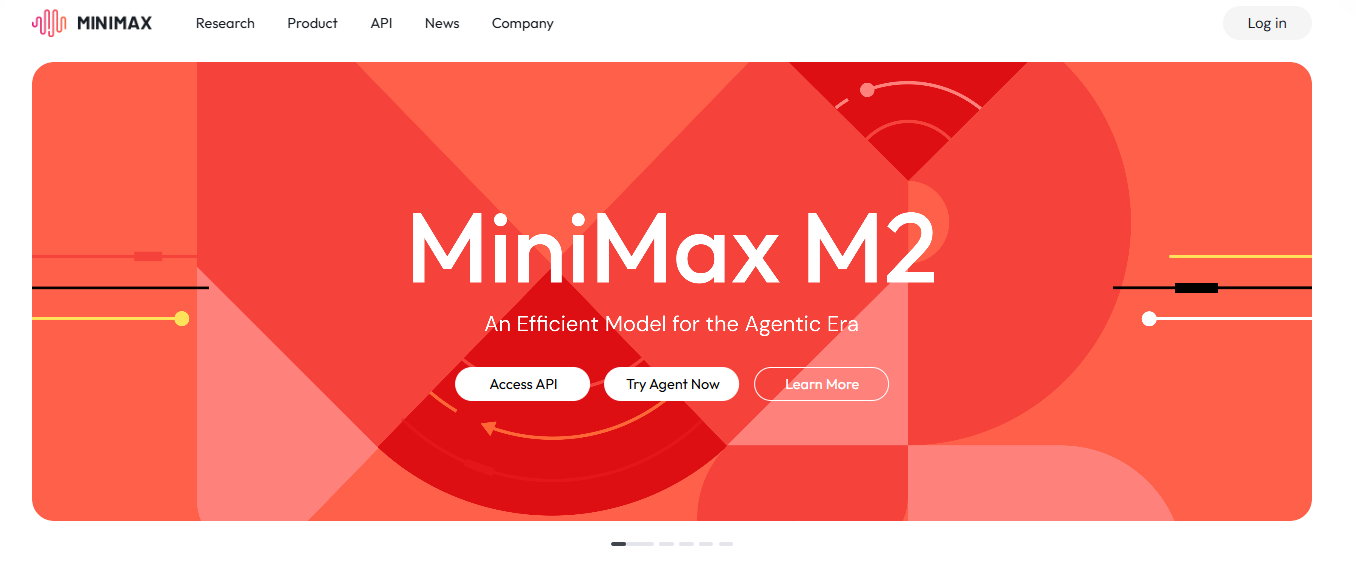
Minimax supports long-horizon toolchains, including MCP, shell, browser, and retrieval. It excels in planning, self-checking, and iterative blocker resolution. The platform open-sources M2 under Apache 2.0, allowing fine-tuning and local deployment. Free API access encourages experimentation.
Technically, Minimax M2 achieves frontier-level coding, comparable to Claude Code but faster and cheaper. It handles 131K token contexts and optimizes for interactive agents. Users report strong performance in end-to-end developer workflows.
Overview of GLM Plan
Zhipu AI's GLM Plan focuses on coding with the GLM-4.6 model, featuring 355 billion total parameters and 32 billion active. It extends context to 200K tokens, supporting agentic capabilities and multilingual tasks. Developers subscribe to coding-specific plans for prompt-based access.
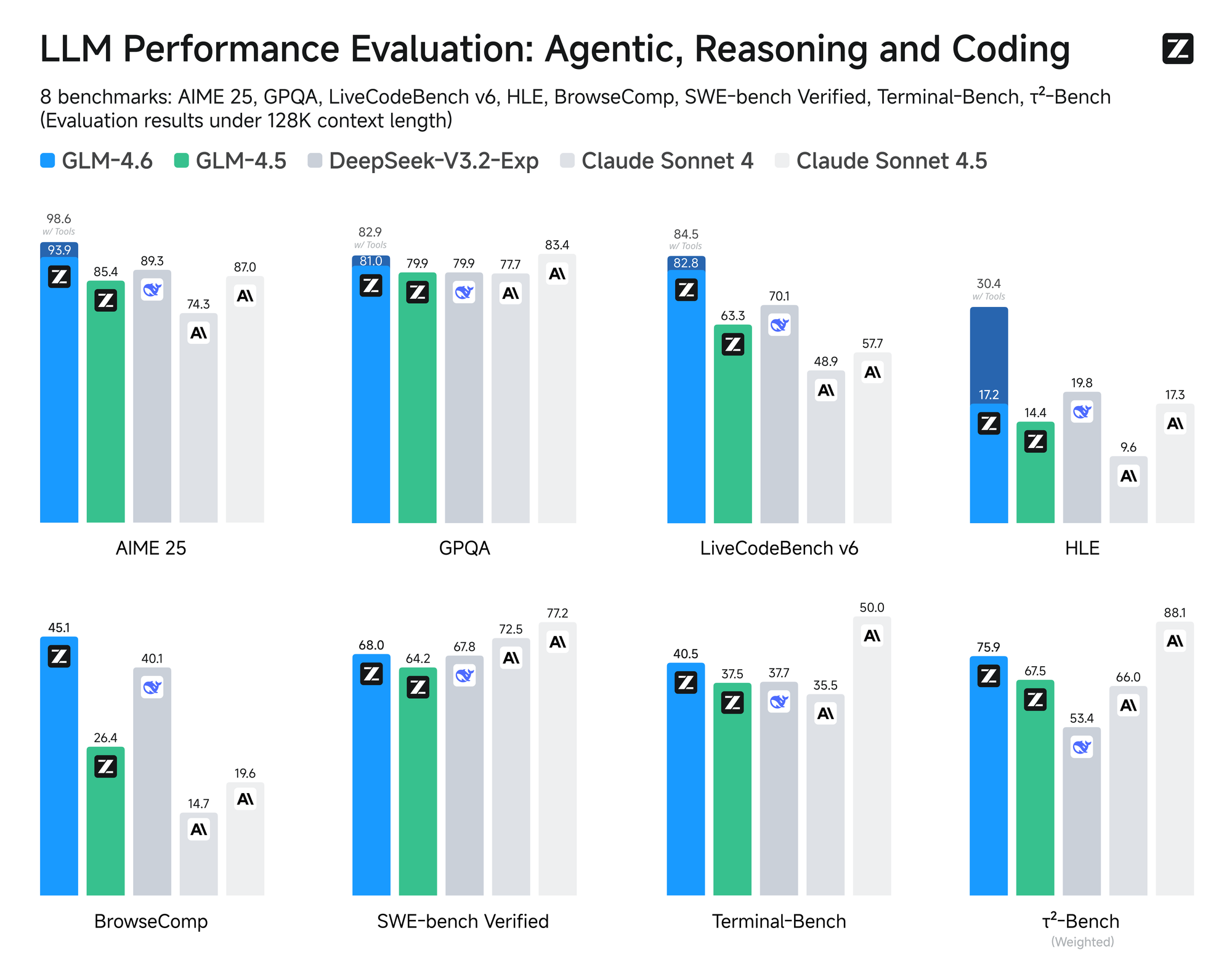
GLM-4.6 undercuts competitors in pricing while delivering balanced performance in reasoning and coding. It integrates with tools like Cline and VS Code via Copilot. Technically, the model handles complex tasks, such as frontend web design in HTML/CSS, with minimal handholding.
The plan emphasizes affordability, starting at low entry points for high-volume usage. It achieves high benchmarks, often rivaling Western models at lower costs.
Feature Comparison: Core Capabilities
Each tool brings unique strengths to coding. Claude Code provides deep explanations and collaborative "vibing," where it interacts dynamically on projects. In contrast, CodeX focuses on methodical code generation through API calls, enabling seamless integration into custom apps.
Cursor differentiates with its editor-centric approach. It offers autocomplete and ecosystem integrations that streamline daily workflows. Furthermore, Minimax Plan emphasizes agentic performance, executing long toolchains autonomously. GLM Plan, meanwhile, balances cost with robust context handling for extended sessions.
All platforms support multi-language coding, but differences emerge in specialization. Claude Code and GLM Plan excel in educational breakdowns, while Cursor and Minimax prioritize speed in production environments. CodeX bridges general AI with coding, offering flexibility.
Integration plays a key role. Apidog, for example, feeds API specs to these tools, improving accuracy in API-related code. Developers configure Apidog's MCP Server to connect documentation directly, reducing errors in generated code.
Performance Benchmarks and Technical Metrics
Benchmarks reveal performance nuances. Claude Code's Sonnet 4.5 processes tasks quickly but reasons extensively. CodeX outputs feel faster despite longer internal processing. Cursor's custom models deliver low-latency predictions, ideal for real-time editing.
Minimax M2 stands out with 2x speed over Claude Sonnet and 92% lower costs in some analyses. It ranks #1 among open-source models on Artificial Analysis. GLM-4.6 achieves 128K-200K contexts, outperforming in agentic tests at $0.60 per million input tokens versus Claude's $3.
In coding evaluations, Cursor leads in setup speed and code quality, per Render benchmarks. Claude Code shines in prototypes, while Minimax and GLM offer value in long-horizon tasks. However, real-world tests show small variances in inference speed impact daily productivity significantly.
Pricing Plans: A Detailed Breakdown
Pricing influences adoption heavily. Claude Code offers Pro at $17-$20/month for basic access and Max at $100/month for unlimited usage.
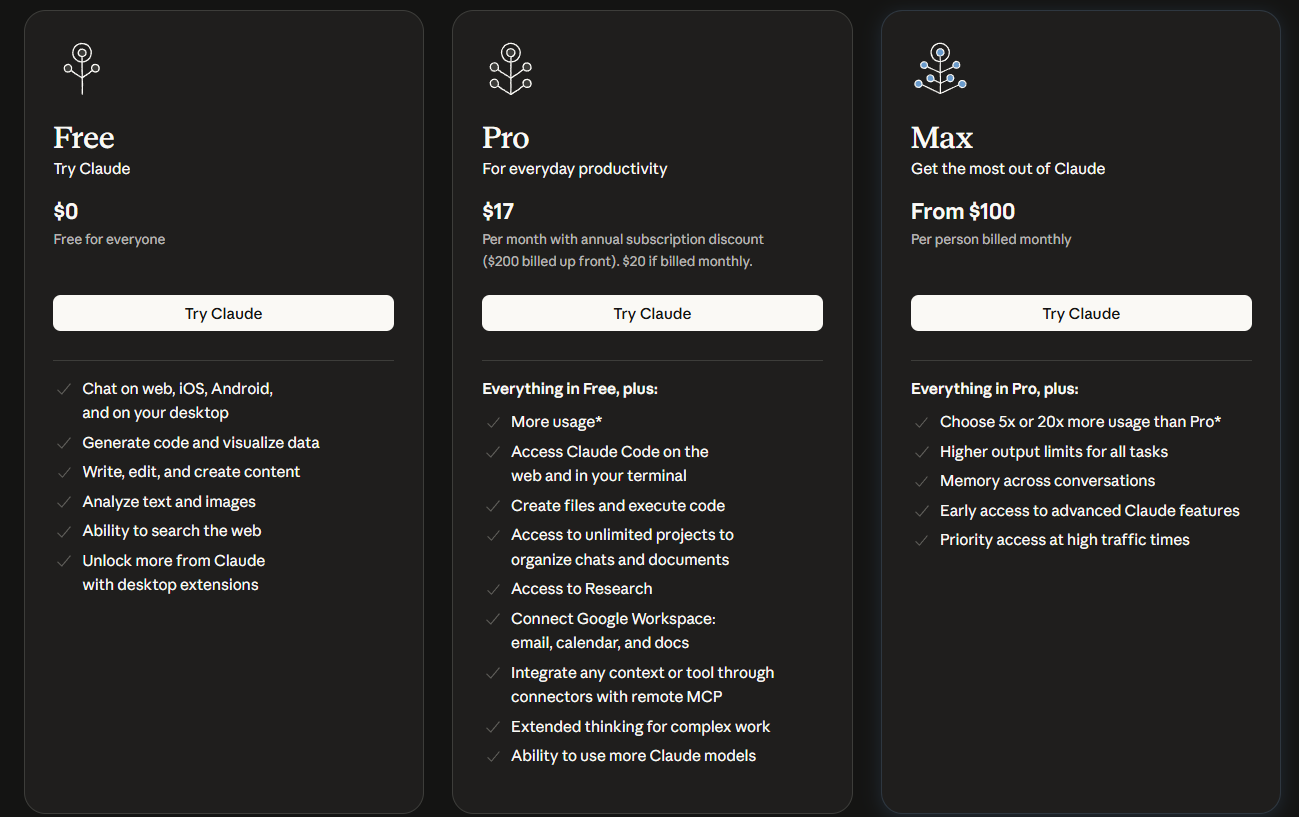
CodeX ties to OpenAI's ChatGPT: Plus at $20/month and Pro at $200/month, with API pay-as-you-go.

Cursor provides tiers: Free for basics, $20/month personal, $60/month pro, and $200/month enterprise.

Minimax Plan features Starter at $0/month (for new user), Basic at $19/month (5000 credits + 5000 bonus credits), and Pro at $69/month (20000 credits + 20000 bonus credits), with API at 8-10% of Claude's cost.
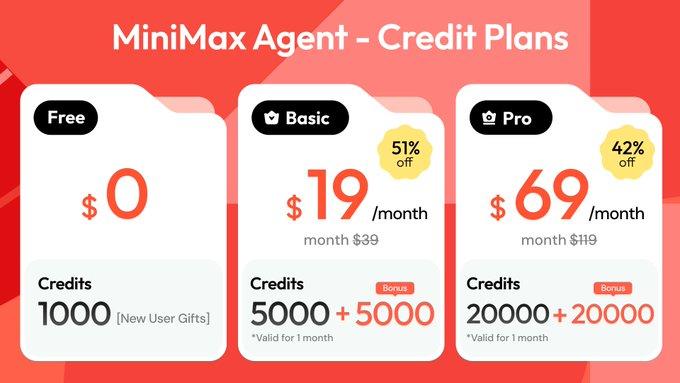
GLM Plan starts at Lite $3/month ($6 post-promo) for 120 prompts/5 hours, and Pro $15/month for 600 prompts.
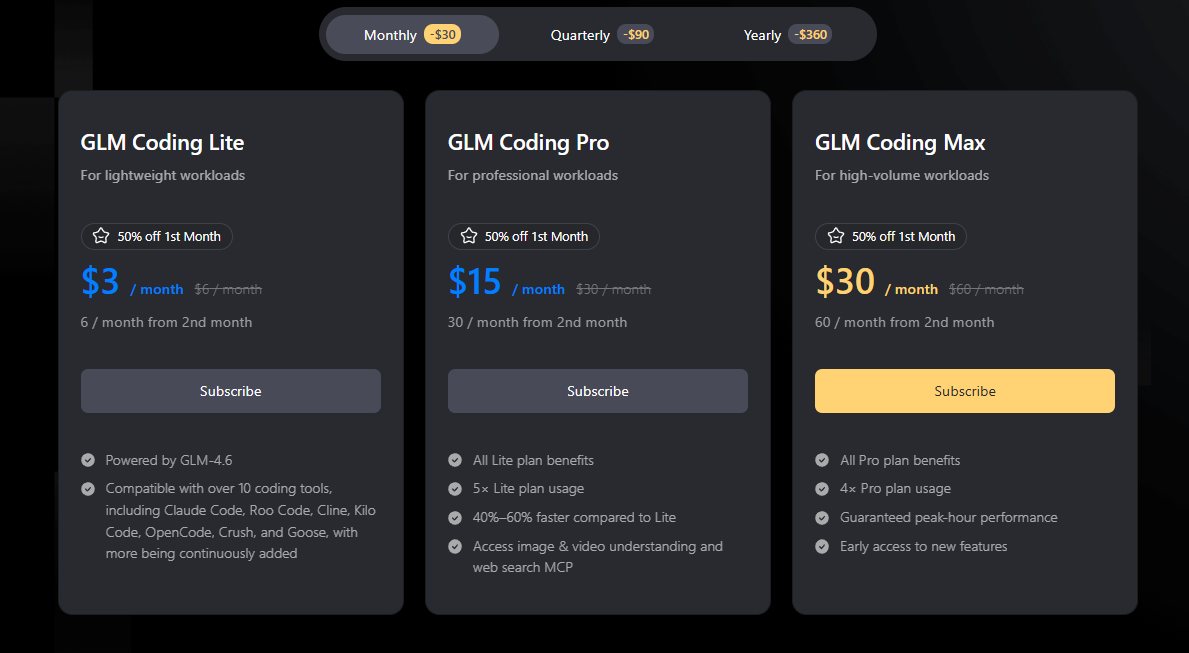
These structures cater to different scales. Budget users favor GLM and Minimax, while enterprises opt for Cursor or Claude's higher tiers.
Use Cases: Applying These Tools in Real Projects
Developers apply these tools variably. Claude Code suits learning scenarios, explaining concepts and debugging authentication errors step-by-step.
CodeX integrates into agents for automated code migration, reducing manual effort in large repos.
Cursor enhances IDE workflows, like adding reproducibility to PyTorch models with seeding and schedulers.
Minimax Plan handles agentic tasks, such as autonomous debugging in multi-file projects.
GLM Plan excels in cost-sensitive frontend development, generating HTML/CSS with high fidelity.
Transitioning between tools, developers often combine them. For instance, use Apidog to supply API docs, then feed to Cursor or Minimax for code implementation.
Determining the Best Option
Evaluating Claude Code vs CodeX vs Cursor vs Minimax Plan vs GLM plan requires balancing needs. Claude Code offers premium reasoning but at higher costs. CodeX provides reliable integration via OpenAI's ecosystem. Cursor delivers the best editor experience for daily coding.
However, Minimax Plan impresses with speed and affordability, making it suitable for scalable agentic work. GLM Plan, at $3/month, provides insane value for frontier-level coding, undercutting others by 6x in token costs.
Ultimately, GLM Plan emerges as the best overall. It combines low pricing, extensive context, and strong performance, ideal for most developers. For those needing open-source flexibility, Minimax follows closely. Small factors like prompt limits tip the scale toward GLM for budget-conscious users.
Integration with Supporting Tools like Apidog
Apidog complements these AI tools by bridging API documentation gaps. The platform enables direct MCP configuration, allowing AI assistants to read specs accurately. Developers configure Apidog to feed data to Cursor or Claude Code, enhancing code quality. This integration proves crucial, as precise API handling differentiates effective tools.
Challenges and Limitations
No tool lacks flaws. Claude Code's reasoning can delay responses. CodeX's token-based pricing escalates quickly. Cursor requires adaptation to its interface. Minimax, while fast, demands fine-tuning for niche tasks. GLM may need more guidance in some languages.
Addressing these, developers test workflows iteratively. Additionally, combining tools mitigates weaknesses—use GLM for core coding and Cursor for editing.
Conclusion
This comparison of Claude Code vs CodeX vs Cursor vs Minimax Plan vs GLM plan highlights diverse options for developers. Each tool advances coding efficiency, but GLM Plan's value proposition stands out. Engineers should assess based on project scale and budget. Remember, subtle differences in speed or cost accumulate into major productivity gains. Explore these platforms, integrate tools like Apidog, and optimize your workflow accordingly.
